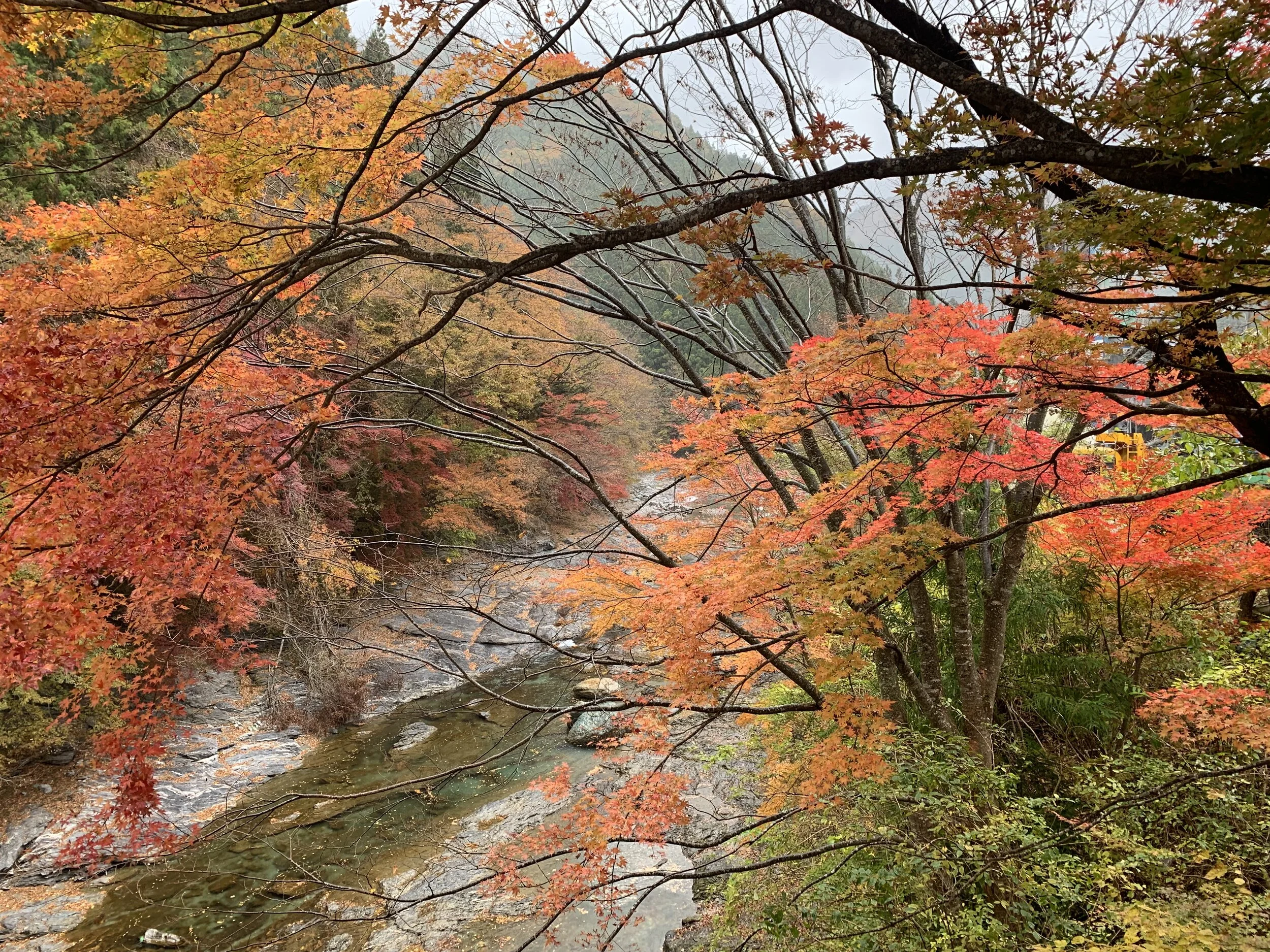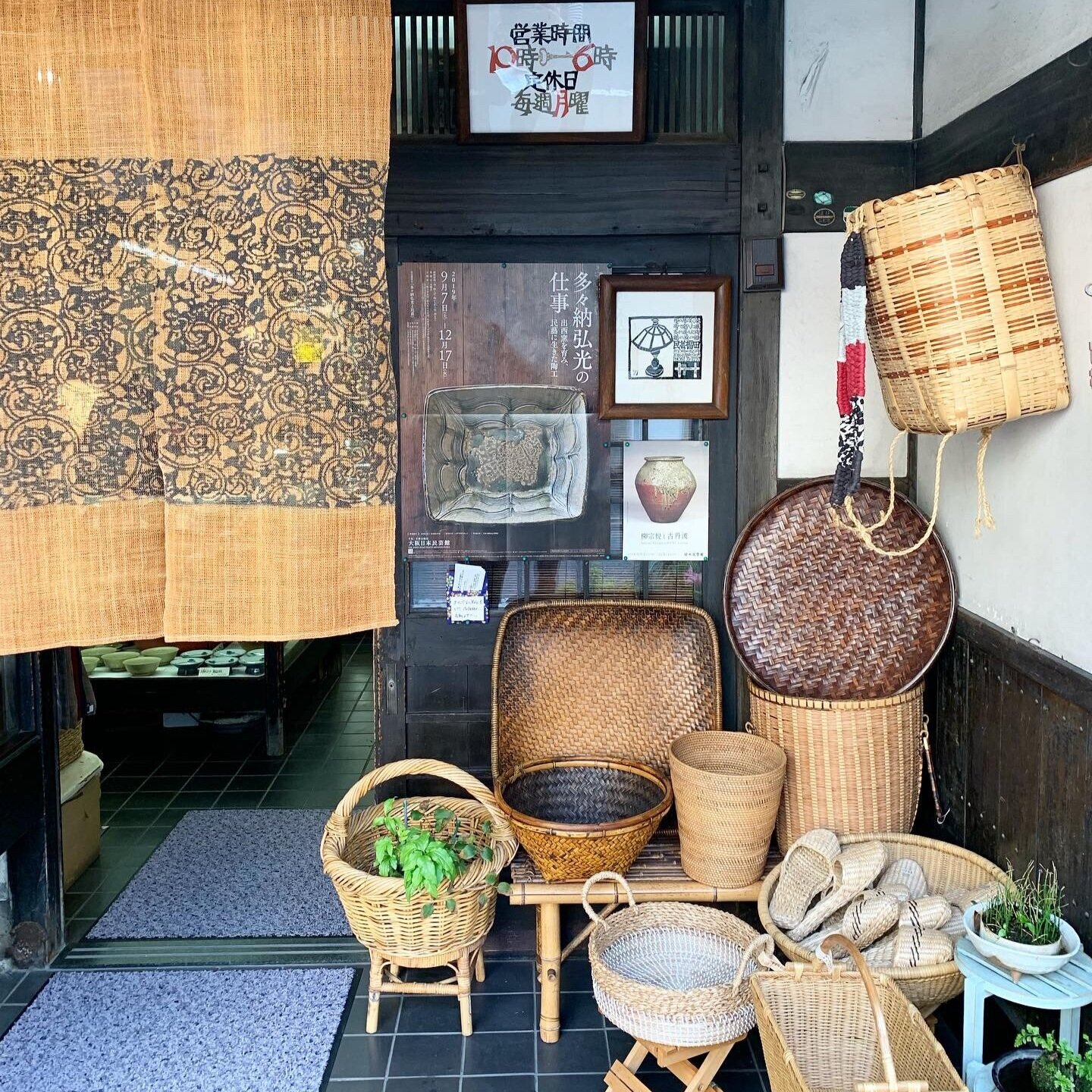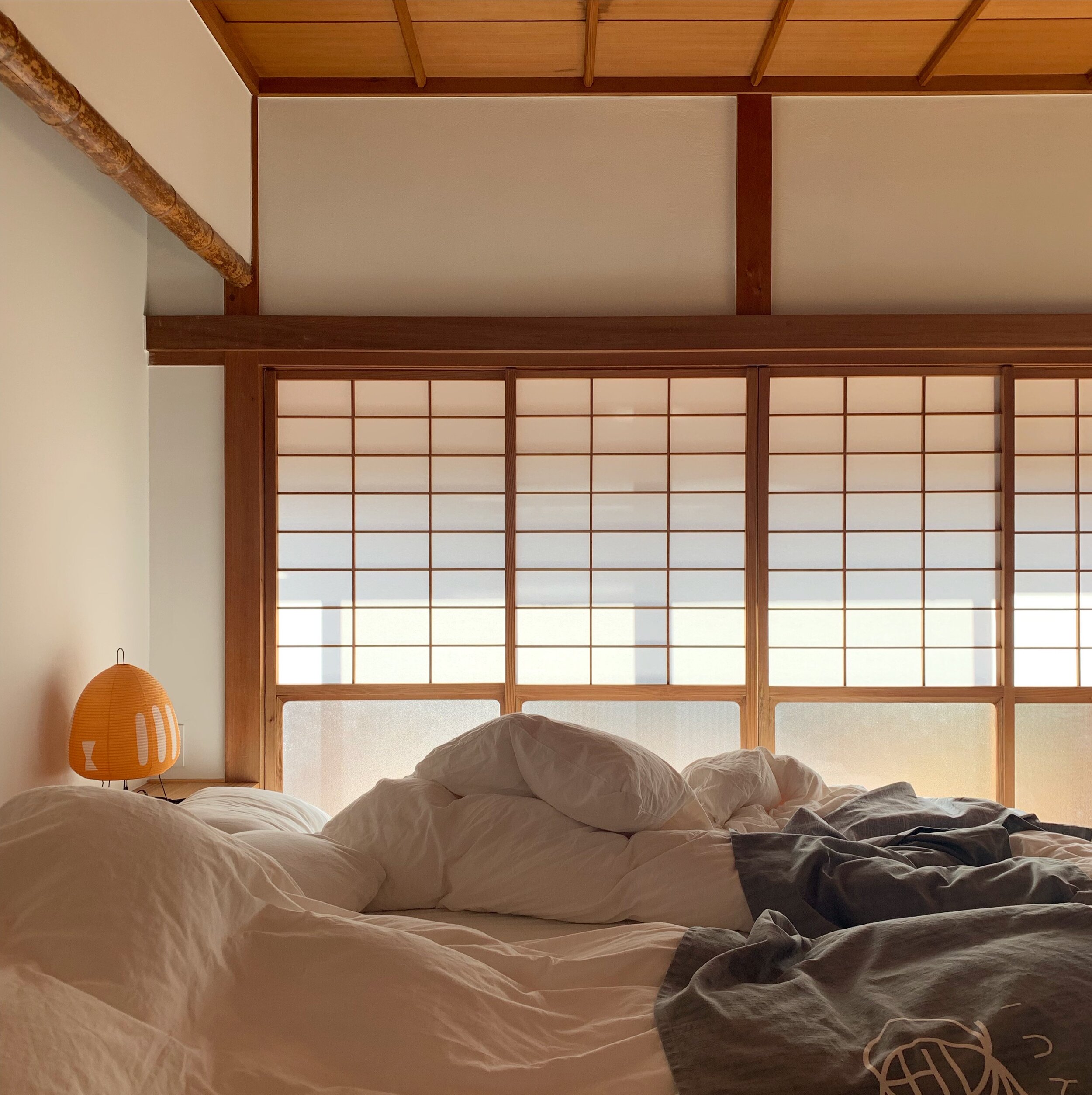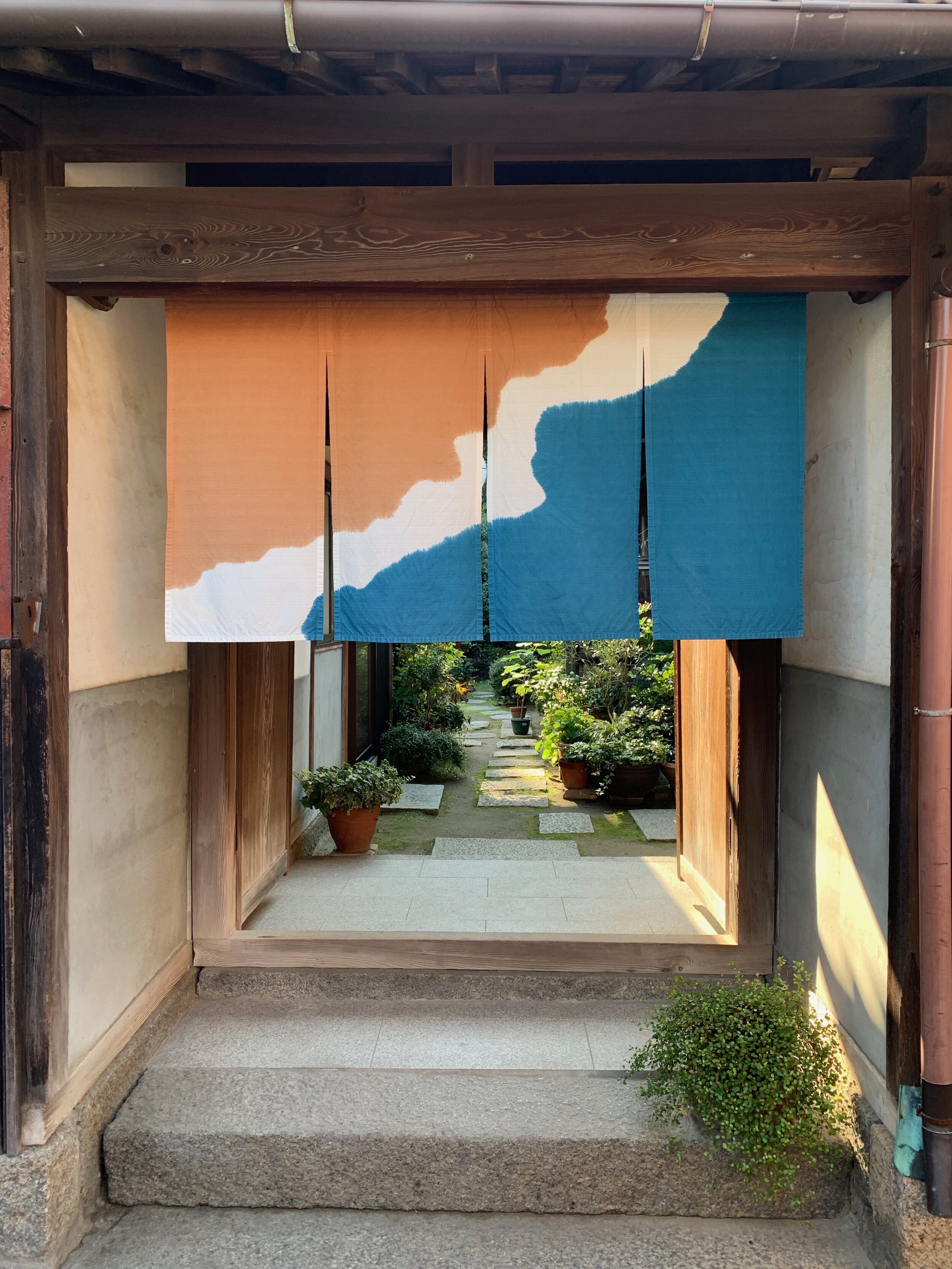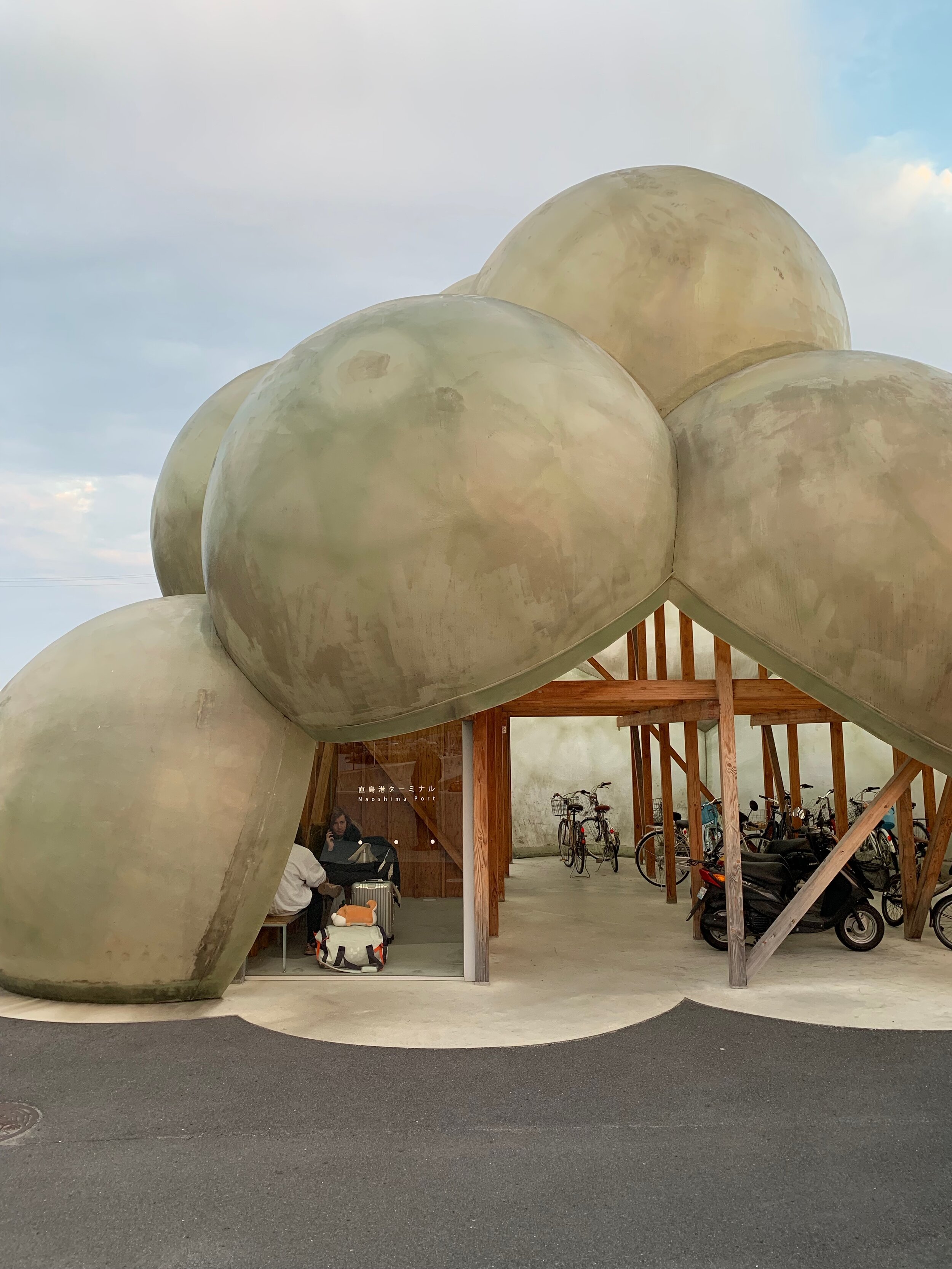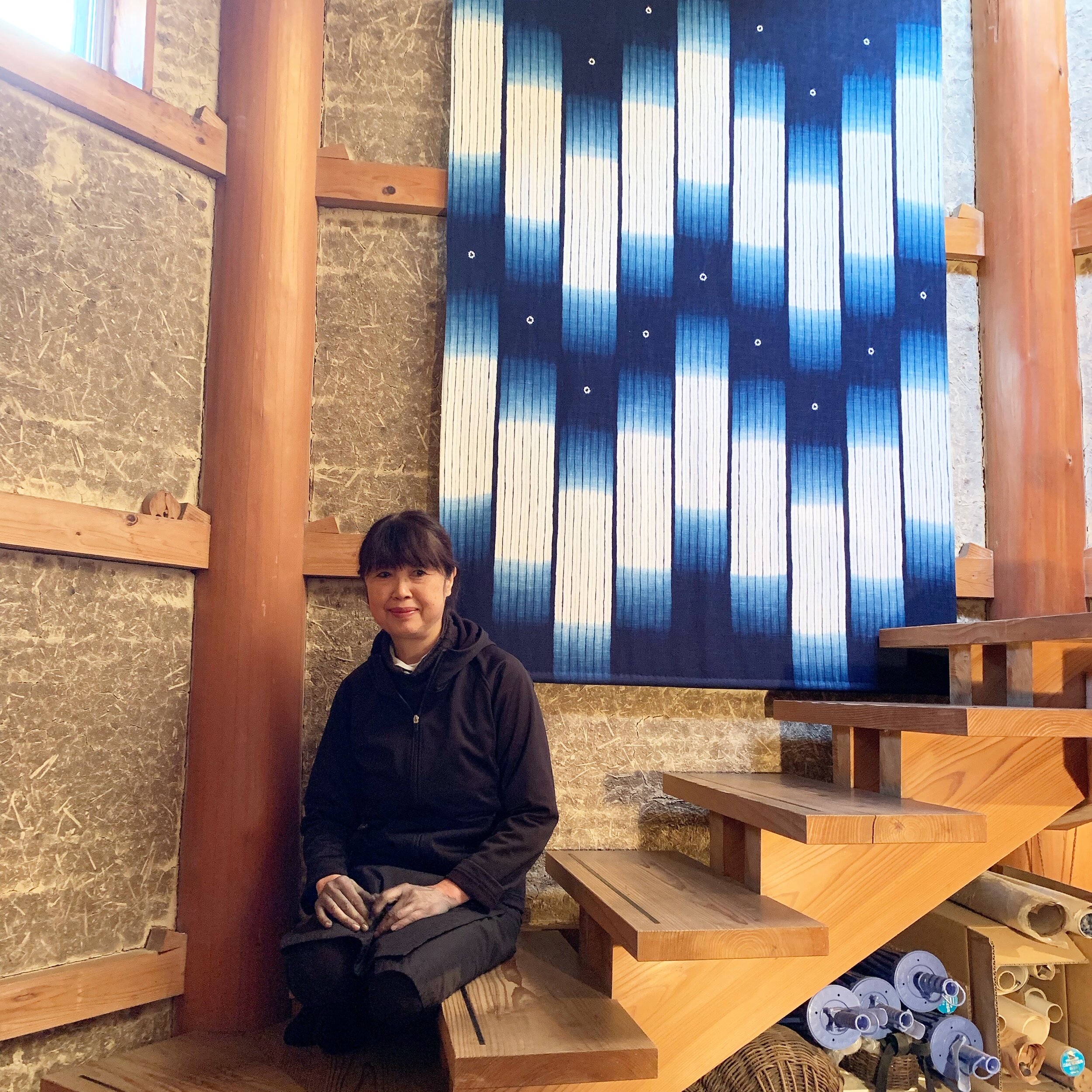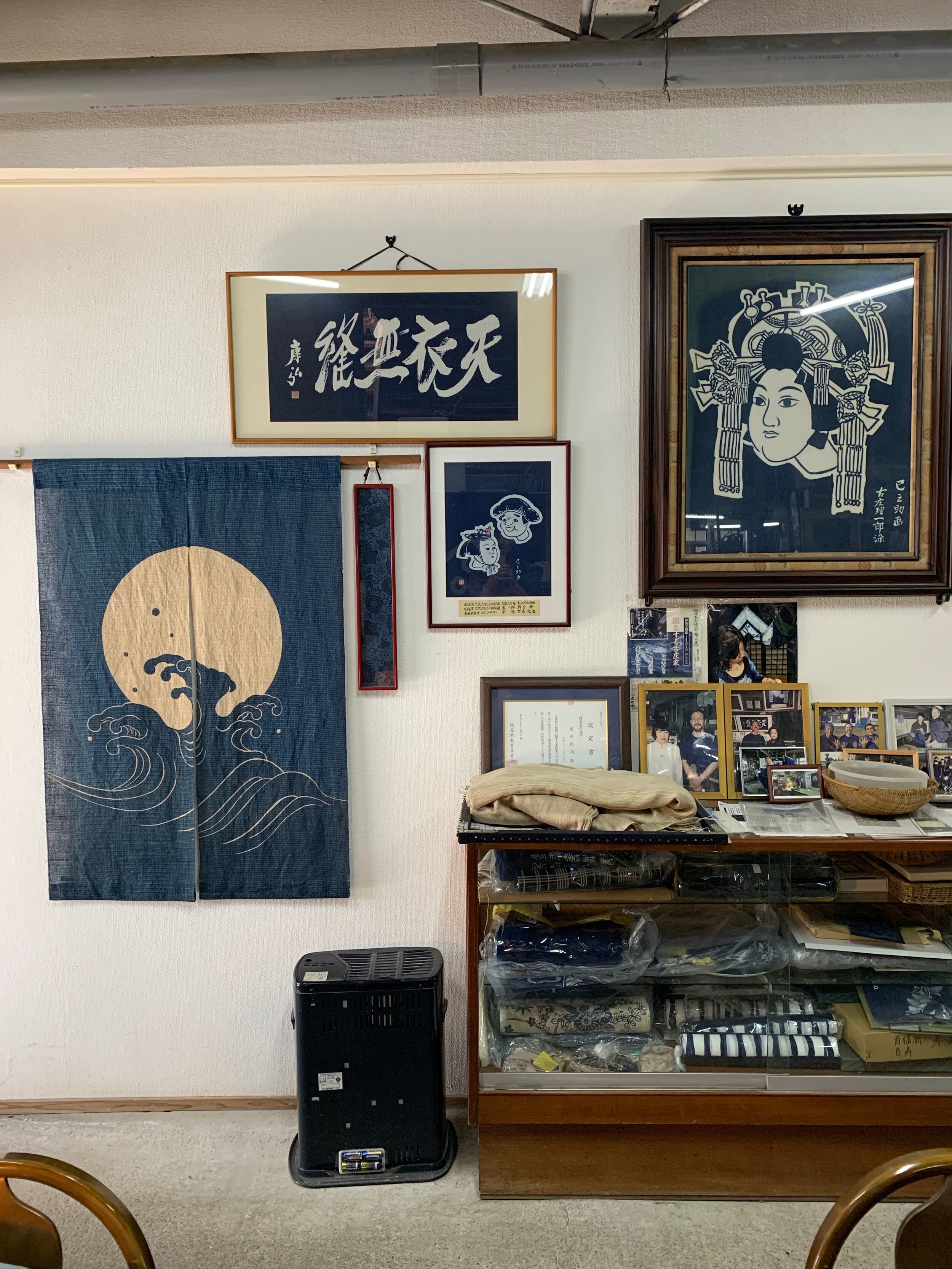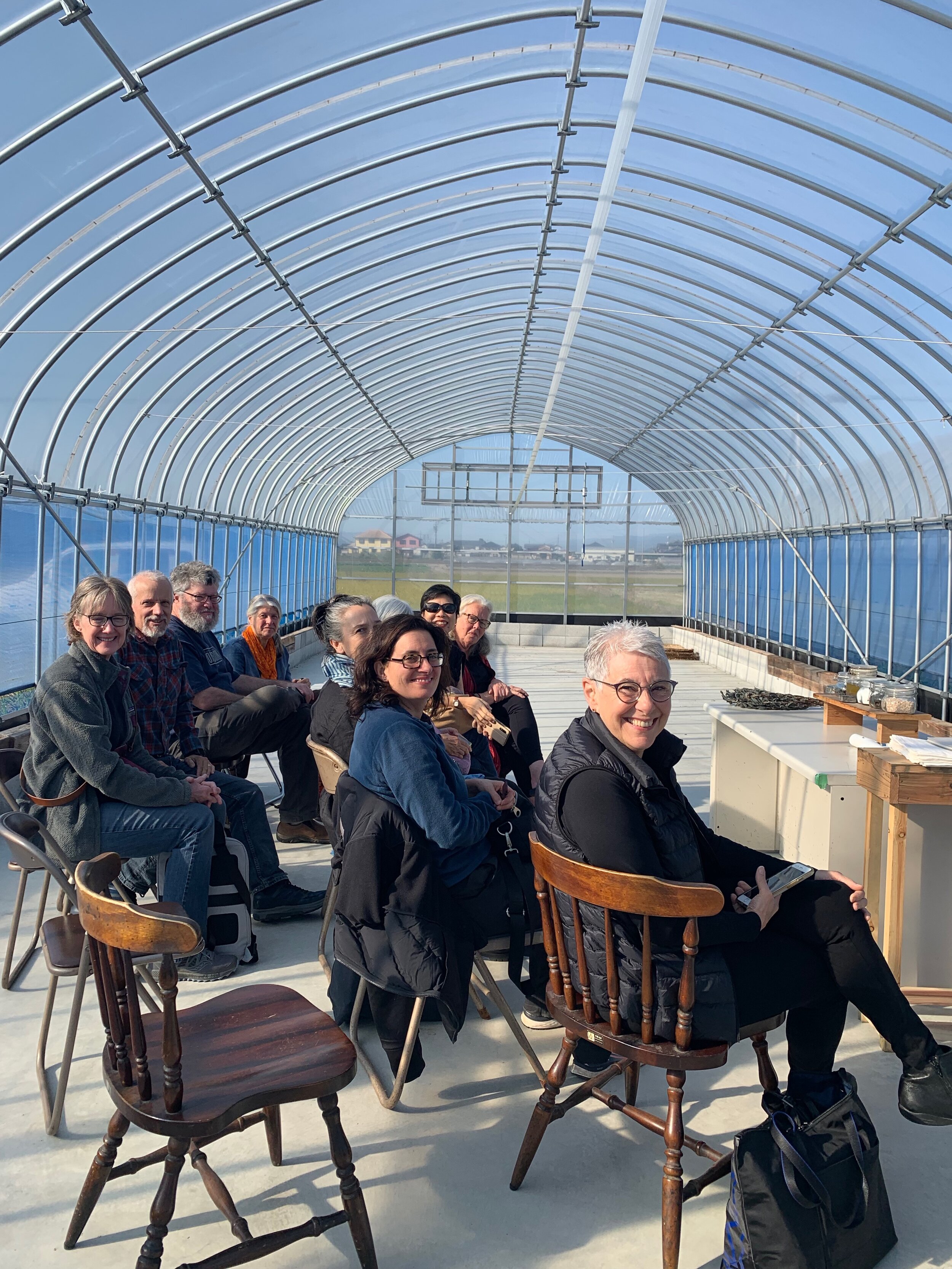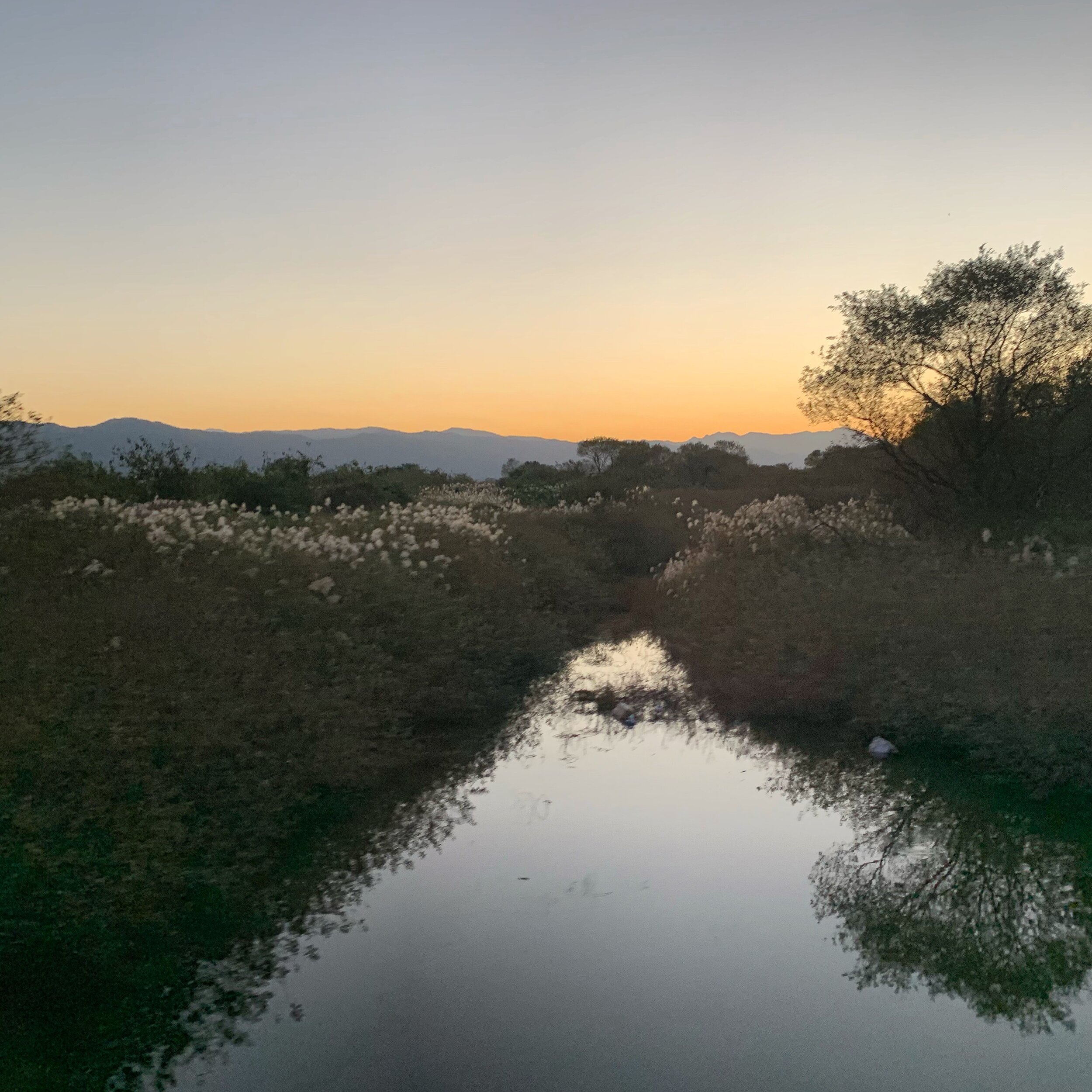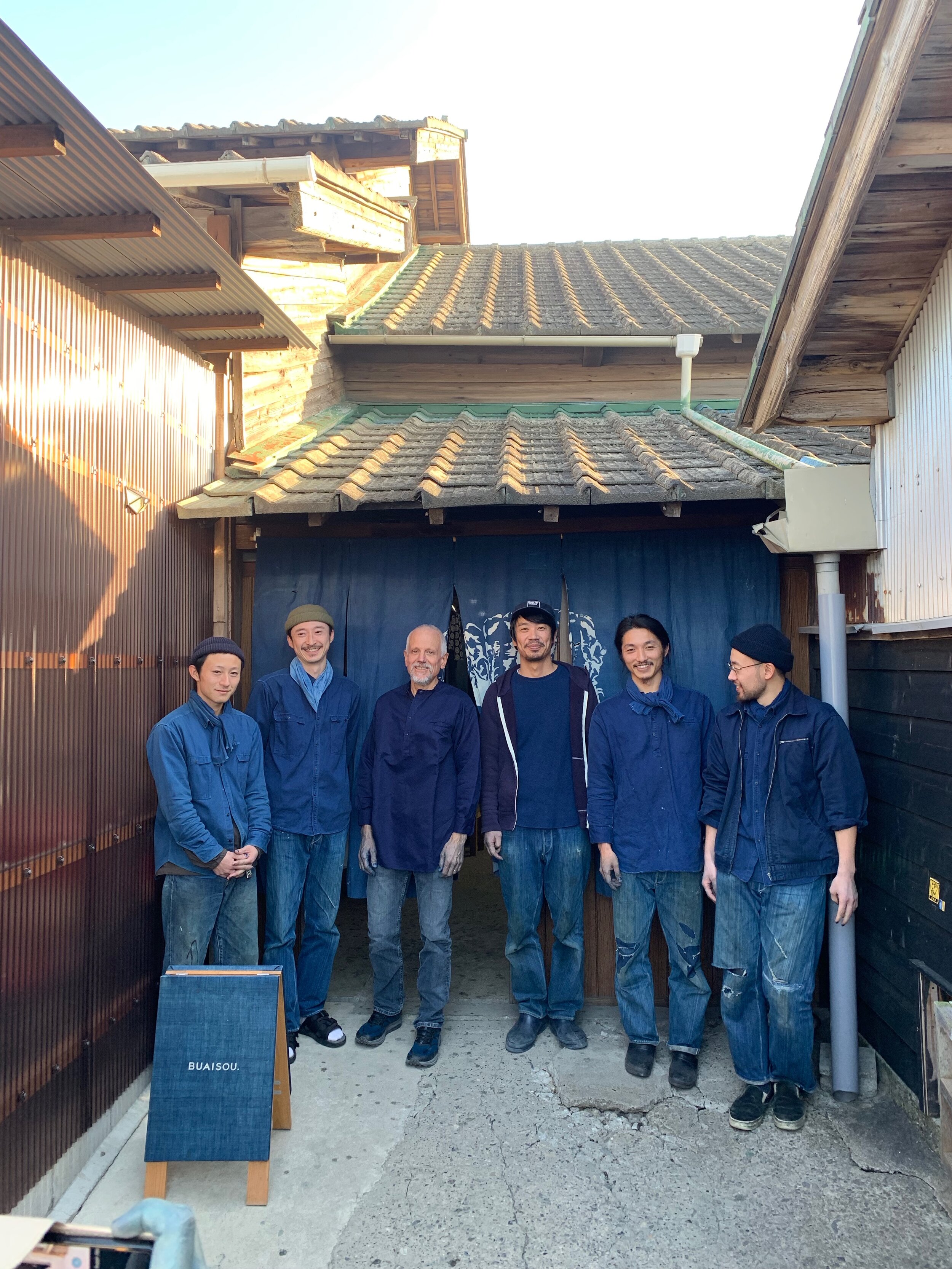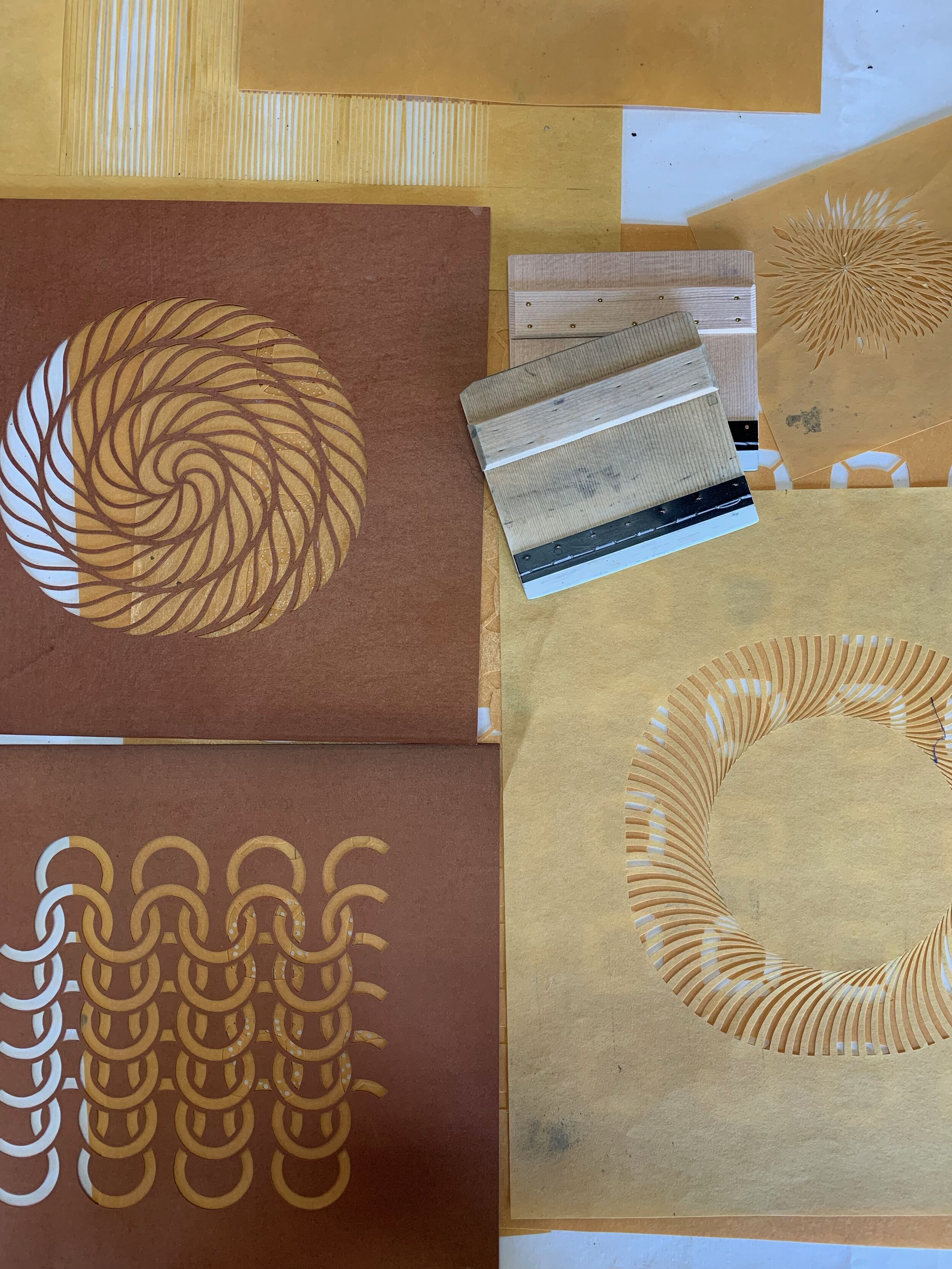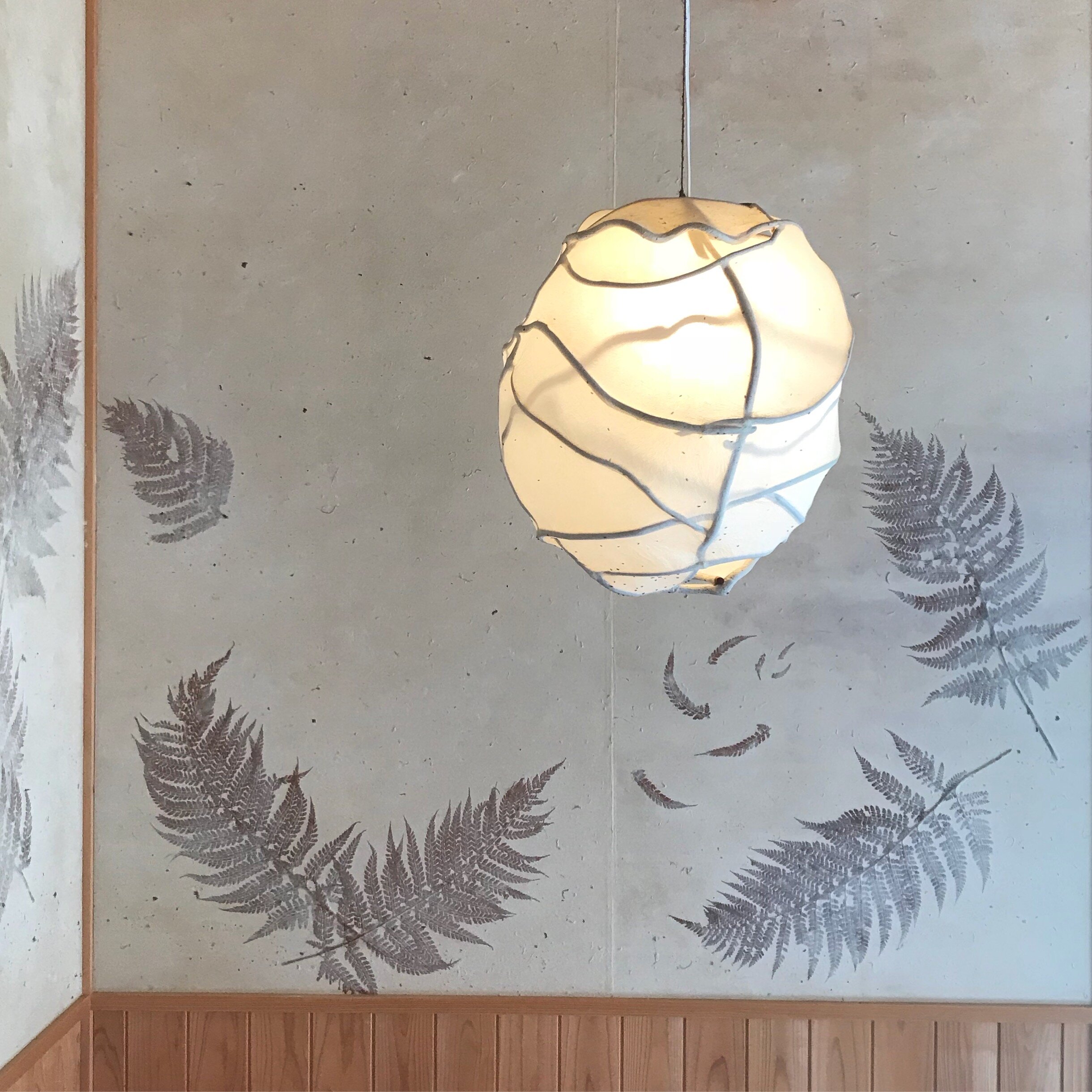JAPAN 2019
Shikoku Island & the Seto Inland Sea
While exploring the art, craft and design—both old and new—on and around Shikoku island, we gained a rich, multi-layered, and eclectic experience of Japan that was off the typical tourist trail. Our trip started in the quiet port-city of Takamatsu where we visited the beautiful Edo-era Ritsurin Garden, which is also home to the Sanuki Folk Craft Museum, and saw Isamu Noguchi’s home and studio before our first artisan visits of the tour. We were delighted to meet two generations of a family of sanuki norizome dyers and to see a custom tairyo-ki flag in the making. These are traditional, hand-dyed fisherman's flags flown by boats to announce a large catch of fish! We visited an organization dedicated to keeping alive the making of sanuki kagari temari, traditional embroidered balls filled with rice husks. We worked with their incredible range of naturally-dyed embroidery threads to create our own kagari temari.
We enjoyed a morning ferry ride to Naoshima, located in the Seto Inland Sea, to experience the immersive, site-specific art installations for which the island is renowned, including Chichu Art Museum, Lee Ufan Museum and Benesse House Museum. We also walked around the Honmura district, where handcrafted noren grace the entrances to many houses, to see artist installations within old houses, which make up the Art House Project. We also soon discovered that nature and food were going to be highlights of our trip—we enjoyed an elaborate kaiseki lunch and, at sunset, we boarded a water taxi to tranquil Teshima island. We spent the night in two renovated Japanese homes and enjoyed dinner at a small French-inspired restaurant before rising the next morning for a day exploring Teshima by electric bike! We enjoyed riding winding roads through small villages and were entranced by Teshima Art Museum, the island’s main art attraction. We also enjoyed some unplanned experiences, like being invited to eat ceremonial rice by a very friendly monk at a Buddhist temple, and one of our guests ran into a wild boar during his morning trail-run! En route to our next destination, Tokushima, we stayed in a beautiful ryokan where each room had a private outdoor soaking tub with gorgeous autumn views!
In Tokushima, we took a deep dive into indigo, learning about the history of aizome in the area, through which the Yoshino River runs. The river played an important role in indigo cultivation and trade. We met a sixth-generation indigo farmer, and saw how his steaming pile of composting indigo leaves are turned over each day. Traditionally, indigo farming and dyeing were separate occupations, and we visited the studio of his friend, who is a dyer, and also comes from a multi-generational line of indigo dyers. We were honored to visit the home and studio of a wonderful female indigo artist and her son, and our group fought over her beautiful pieces for sale! We were thrilled to spend a full day learning about katazome and shibori dyeing at a new, young atelier that is shaking things up by doing both indigo farming and dyeing, and we also enjoyed visiting the great shop at the indigo museum. Before leaving Tokushima, we visited a century-old paper-making factory, which is known for dyeing handmade paper with indigo, and we stopped for lunch at a village where grand houses belonging to indigo merchants in the Edo era line the main street. We also happened upon a local dance event in an old theater and stopped into an umbrella workshop.
The last part of our trip took us through dramatic and beautiful autumnal countryside where we gained an appreciation for the ways in which people have used the natural materials around them in their daily lives. We spent the night sleeping in traditional thatched-roof cottages, which seemed to cling to a steep mountainside, and have been painstakingly restored. They were originally designed with high ceilings under which people would dry tobacco and their dark interiors were stained black from fire-smoke. We enjoyed homemade nabe for dinner and rolled out our futons to sleep Japanese-style. We visited a village where a local woman honors family and friends who have moved or passed away by creating life-sized dolls, which now populate the village, including the former school, bus stop and community center. We walked across one of the vine bridges for which the area is renowned, and we learned to make soba noodles. En route to out last destination, we stayed at another beautiful ryokan where we enjoyed an elaborate kaiseki dinner and soaked in the onsen. Our last couple days were spent in Kochi prefecture, which is one of the traditional paper-making centers of Japan. We spent a full day learning washi paper-making at the home and studio of a paper-maker, who told fascinating stories of his journey from the Netherlands over thirty years ago to the beautiful rural area where he now lives with his Japanese wife and family, and how he learned his craft—which is very much a way a life—from lifelong washi artisans. We were also fascinated to see the architectural works of Kengo Kuma, who has used the area as a laboratory for his architecture, which draws on traditional Japanese practice.
“Jessica’s impeccable sense of design, and love of Japan touched everything in Shikoku. This was far more than a trip. It was an immersive, thoughtfully curated experience of workshops with respected crafts persons, spontaneous opportunities, unique accommodations, amazing food and a fun group rapport. Her overriding commitment to each of us ensured we came away with a treasure chest of memories.”
“It was not just a textile travel tour, but an awe-inspiring textile art experience. During our Japan trip, Jess captured the true essence of Japan—art and soul!”

